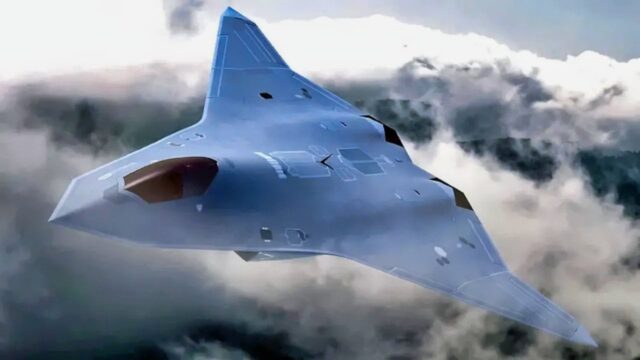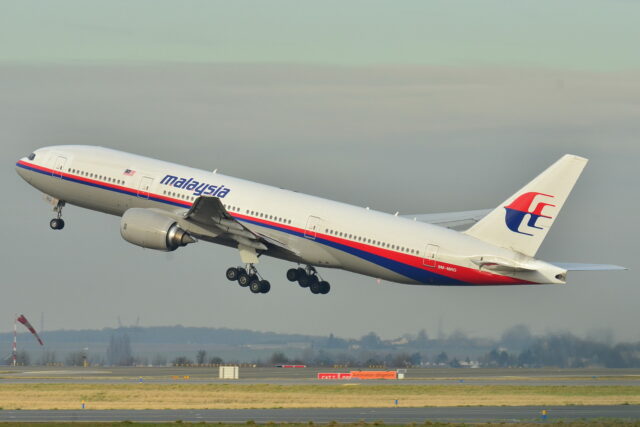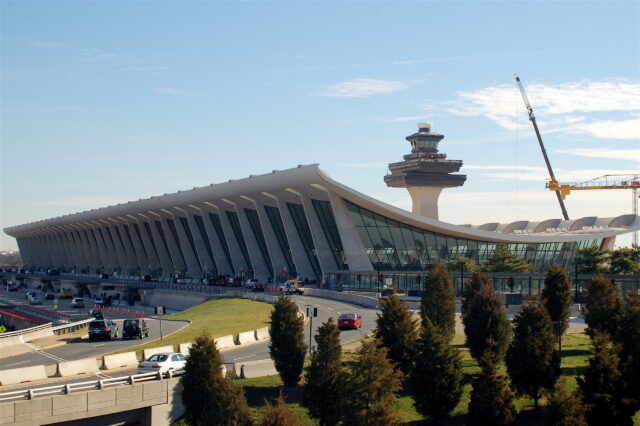Pratt & Whitney GTF engine failures wipe $24m from Air Astana’s summer earnings

November 13, 2025
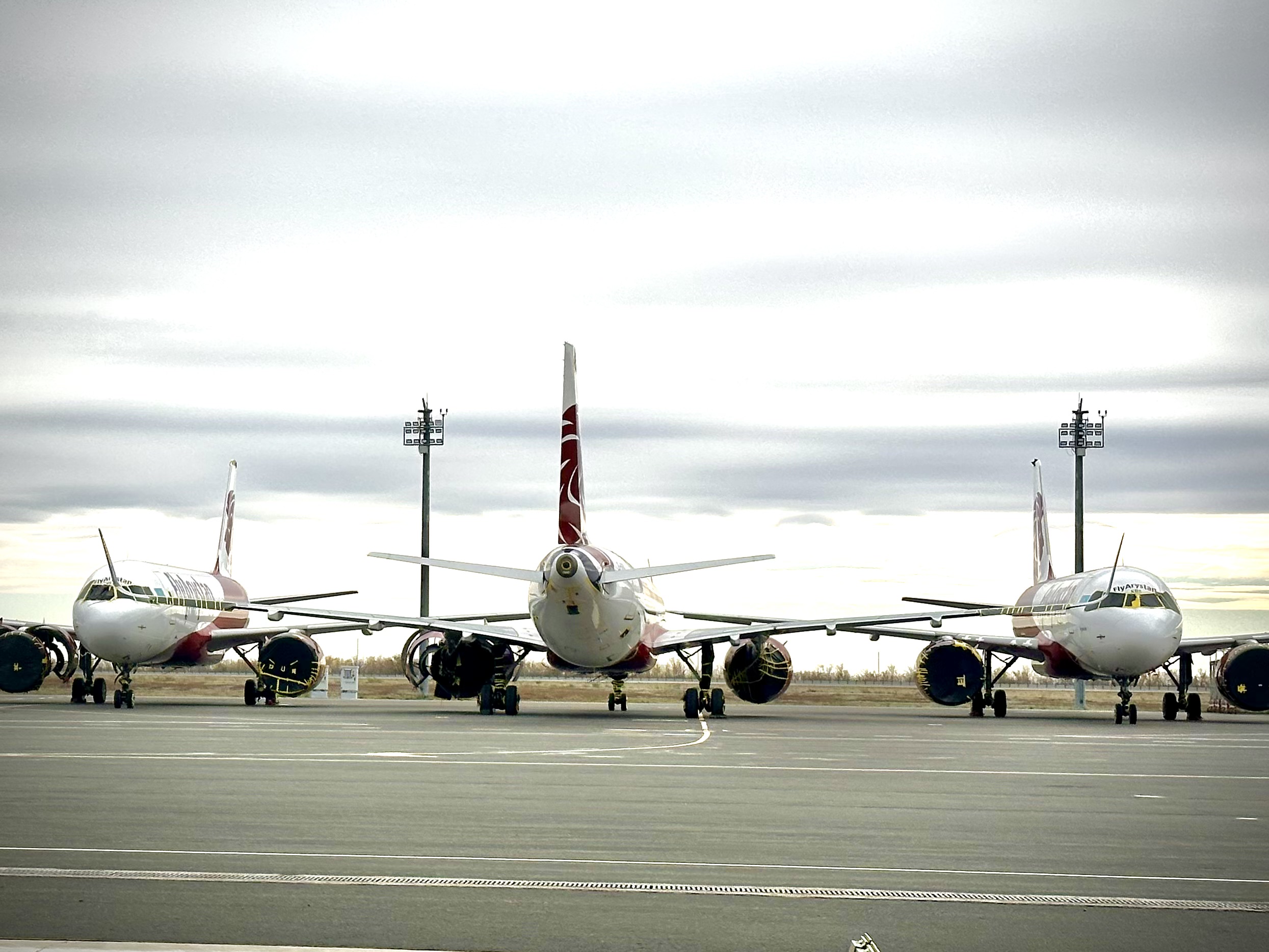
What should have been a lucrative summer for Air Astana was overshadowed by the continuing problems with its Pratt & Whitney geared turbofan engines.
The group posted higher capacity and revenue year on year for Q3, yet nine-month net profit was down about 40% versus the same period of 2024. The difference, CEO Peter Foster told analysts, was almost entirely down to unplanned engine removals on the Airbus A320neo fleet.
“Quarter Three, of course, is traditionally our peak season,” Foster said. “And this year was challenging, primarily for the reason that we had 14 unplanned engine removals of Pratt & Whitney 1100 engines.”
These were not planned powdered-metal inspections from the widely publicised P&W recall, although the airline did have some aircraft out of action because of this. These 14 unplanned removals were over and above the anticipated grounded aircraft, a result of the airline getting significantly less time-on-wing than it was promised.

“What happened was that we had to ground the aircraft and swap engines between different aircraft,” he explained. “That resulted in an overall shortfall of planned aircraft in the peak season of 10.4 aircraft, once you average it out, and that cost us approximately $23.7 million worth of EBITDA.”
What this has meant, in effect, is that any working GTF engines are placed on the A321neos operating for Air Astana, while A320neos in the low-cost carrier FlyArystan’s fleet are left engineless and grounded. As of today, 13 November, all 13 of FlyArystan’s A320neos are parked, forcing the airline to operate with less efficient, leased-in A320ceo aircraft.
Read also: Inside Air Astana, from £10M startup to Central Asia’s success story
What’s the problem with the Pratt & Whitney GTF?
While most of the industry’s attention has focused on the PW1000G family’s powder-metal defect, Foster is clear that Air Astana’s Q3 problems went well beyond that single issue.
“There were two major problems with the engines that came up as unplanned removals,” he told investors. “The first was what we call the high-pressure turbine blades. That, in fact, was the main problem.”
Those blades, he noted, have been manufactured across the industry with lighter, more efficient materials, but robustness has not matched the marketing.
“Particularly in the conditions in which we operate, which are semi-problematic in terms of flights, for example, to the Gulf, where there is high dust, these HPT blades have been lasting roughly between seven and eight thousand hours, which is really half of what they are supposed to do.”
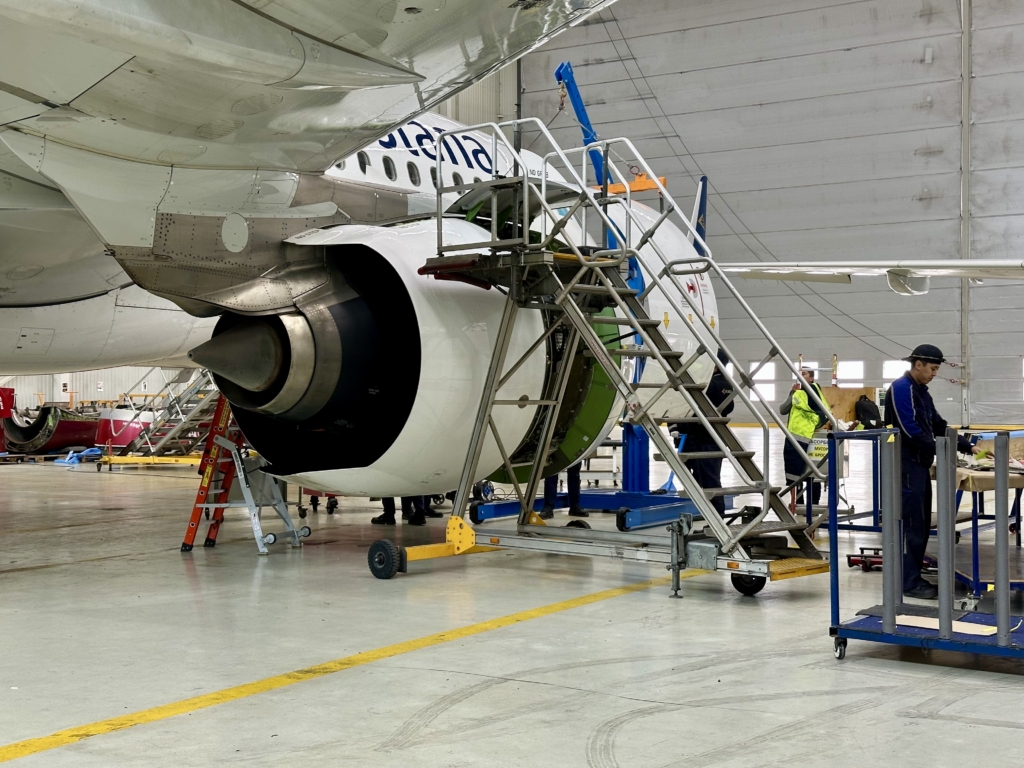
The second issue was a vibration problem in the core of the engine.
“These vibration issues are not directly a safety issue per se, but if left unchecked, they will become so,” Foster explained. “As soon as the core of the engine is vibrating over a certain limit on more than three occasions, it is mandatory that those engines are removed.”
Both defects are separate from the powder-metal inspections, and both force engines into an already congested MRO pipeline. “We are very much at the mercy of the inductions into the limited number of shops that are available to do this work,” Foster said.
“A litany of problems”
Speaking with AGN and other journalists at a roundtable in Almaty, CEO Foster was even blunter about the cumulative record of the PW1100G.
“We took the first Neo in October 2016. Here we are now in October 2025, that is nine years, and we are looking at at least another two, if not three more years,” he said. “We are talking about a 12-year problem minimum. That is not a short-term problem.”
“If you look at the litany of problems that this engine has presented to us, I would not call it a short-term problem,” he continued. “What you would have to call it is a significant overall design problem, because evidently, if you have had so many issues with one engine, that demonstrates a lack of robustness of the original design.”
His frustration is mirrored across the industry. On LinkedIn, A220 operator Cyprus Airways’ CEO Thanos Pascalis recently lamented an A220 engine heading into the shop for nine months, highlighting how long operators can now expect to lose assets while repairs crawl through the system.
Air Astana’s costs rise and aircraft availability falls
For Air Astana, the immediate challenge has been to keep flying with a double-digit aircraft shortfall at the height of the peak season.
By design, the group has simplified around the A320 family and 767s, phasing out the Embraer E-Jets. The plan had been to operate an all-neo narrowbody fleet by now, but engine problems forced a partial reversal.
“We still have a significant number of ceos, some we have had to bring in quite recently, in fact, second-hand, to supplement the loss of the neos because of the Pratt & Whitney powder metal problem,” Foster told journalists.
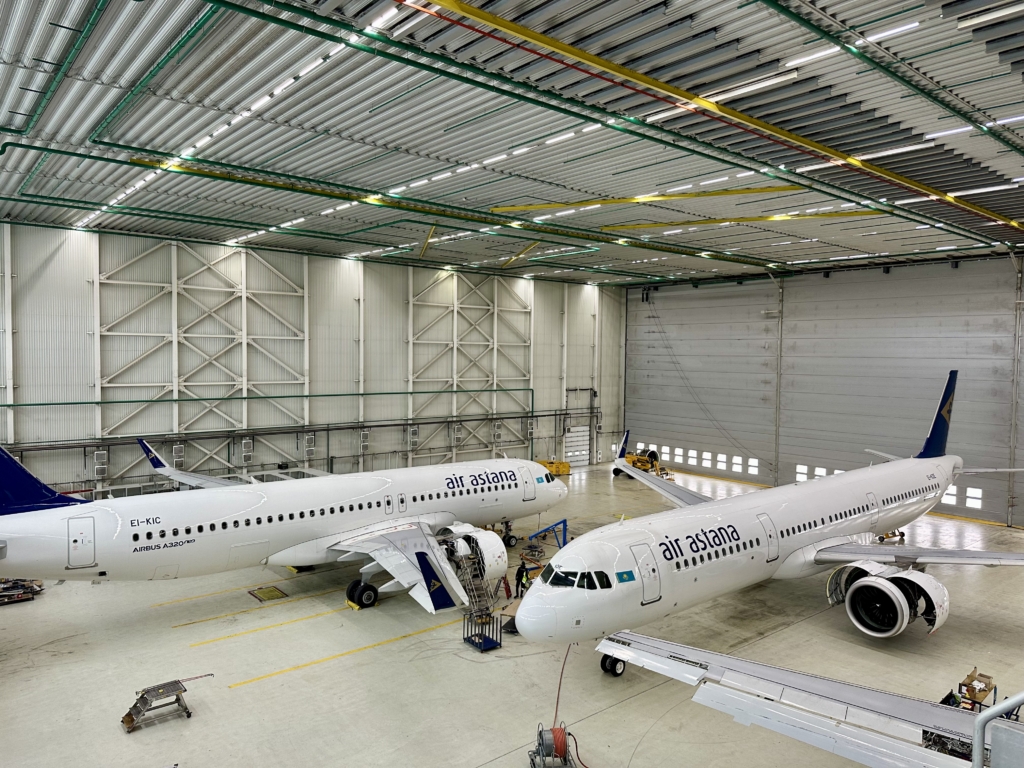
That ceo backfill, coupled with careful swapping of engines between Air Astana and FlyArystan, has allowed the group to protect its most profitable flying. Capacity in Q3 still grew 15 %, with a load factor of 85 %. The problem is that the cost base was geared for a much larger peak schedule than the airline was able to operate.
“We had fully geared up for maximum production during Q3, including employment of pilots and cabin crew, and we have the fixed costs for the depreciation of aircraft and a significant part of engineering maintenance,” CFO Ibrahim Canliel explained. “When we did not have the production because of the unplanned engine removals, the cost was up by 2.1 %.”
Will the Pratt & Whitney problem ease for Air Astana in 2026?
Within the chaos that is the present engine market, some green shoots are appearing. Foster noted that the redesigned high-pressure turbine blades are now coming back from the shop with improved robustness, and that recovered engines should enjoy a longer time on wing.
“The blades have been redesigned, and therefore repaired engines are now beginning to emerge from the shops with more robust HPT blades,” he said. “In theory, that should eventually bring down the rate of unplanned removals.”
In the short term, Q4 is less exposed simply because the extra aircraft are not needed to the same extent in the low season. Air Astana has also moved quickly to raise domestic fares at FlyArystan and is seeing some relief from a modest appreciation of the tenge.
The real question is 2026 and beyond. RTX, Pratt & Whitney’s parent, has previously warned that accelerated inspections will keep an average of around 350 GTF-powered aircraft grounded each year through 2026, with up to 650 jets sitting idle during the peak of the programme.

Wizz Air, one of Europe’s largest A320neo operators, has told investors it does not expect to have all its GTF-grounded aircraft back in service before late 2027 or early 2028.
Against that backdrop, Foster is pushing hard for priority.
“Our real issue, of course, is 2026 and the availability of engines in 2026 in light of the loss of these 14 additional engines from unplanned removals,” he told analysts. “We are in the midst of vigorous discussions with Pratt & Whitney. We are pushing them very hard to make more engines available to us in order to be thoroughly prepared for 2026 and particularly the peak season.”
Foster remained upbeat on the long-term view, but cautioned that much of its success next summer will hinge on its engine supplier coming through with the goods.
“We continue to be optimistic, and our guidance has not changed. But it is very important that Pratt & Whitney come to the party on this,” he said. “It is all very well to have compensation for AOGs, but at the end of the day, we need aircraft to fly. We need them in service, and we need engines.”
For now, Air Astana’s Q3 shows just how expensive it is when that simple requirement cannot be met.

